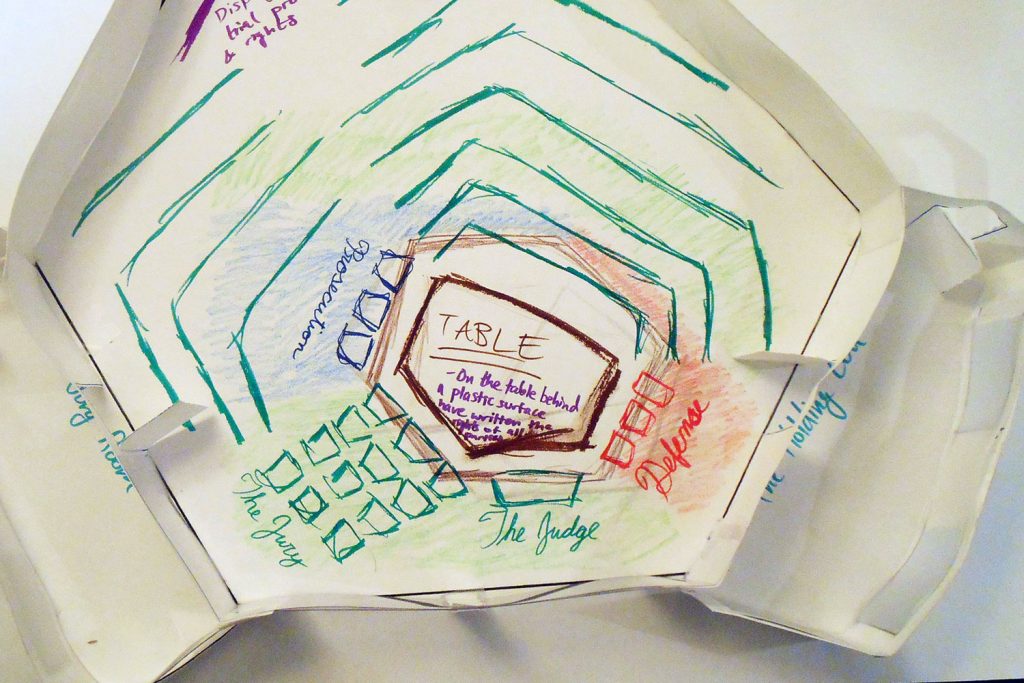
Restorative Justice
What Is It?
Restorative justice is a theory and practice of justice that emphasizes repairing the harm caused by criminal behaviour. It is usually accomplished through cooperative processes that include all stakeholders, leading to transformation of people, relationships, and communities. Many elements of restorative justice have been inspired by values and practices of Indigenous communities from around the world.
What Does it Do?
As problems with the traditional criminal justice system in the United States become more obvious, alternatives become more urgent. Many practices that fall under the label restorative justice, while not necessarily existing outside of the court or prison system, offer ways for willing individuals and communities to address wrongdoings in a way that is less dependent on state-controlled punitive institutions and more empowering for those involved most closely. At its best it is not only restorative but transformative, helping participants change their conditions and giving them a tool to promote community cohesion even in the absence of behavior considered criminal.
How Can It Be Accessed?
The Hudson Valley has its own Restorative Center in Newburgh, Their practice, based on what they call “community circles,” is well-known enough in the restorative community that it’s sometimes known as “the Newburgh model.” They are holding a virtual conference October 12, 2020. The Center for Justice and Reconciliation, a program of the Christian organization Prison Fellowship International, is an example of a program working primarily in the context of criminal justice systems all around the world. To see more about how restorative justice can be used in schools, see Oakland Unified School District’s Restorative Justice page, or peruse Edutopia’s case studies.